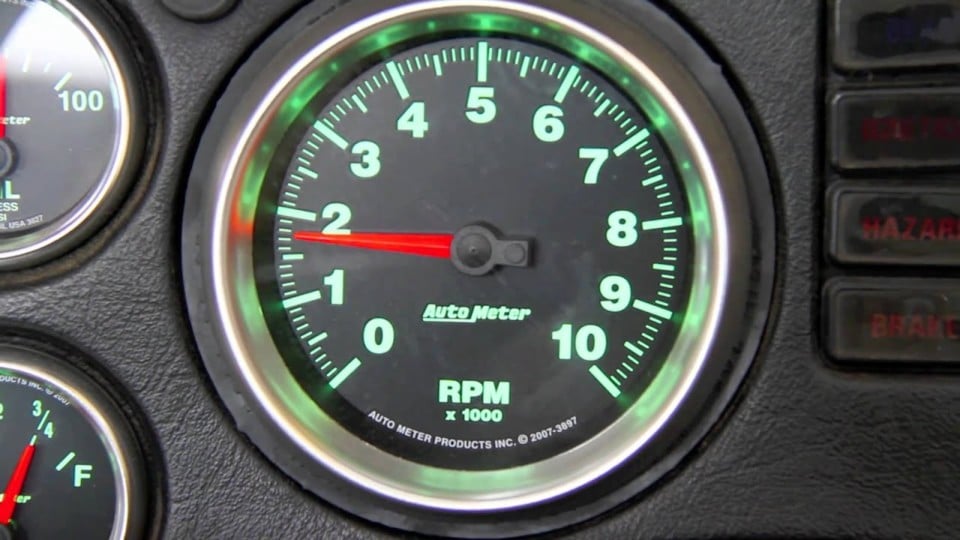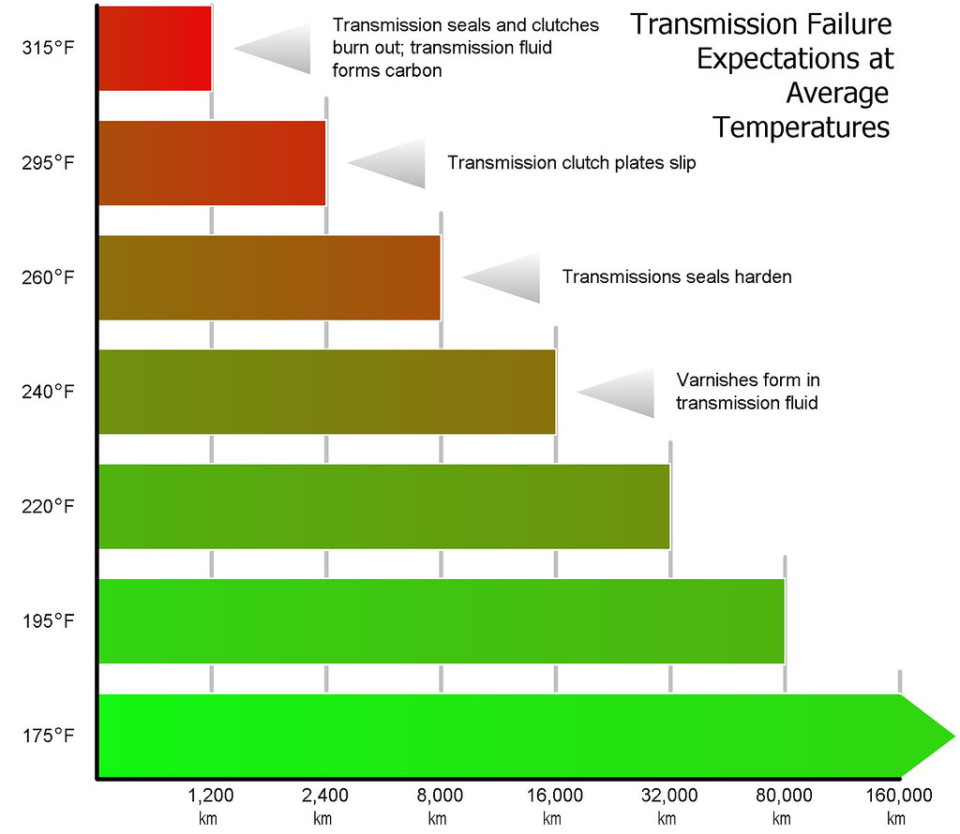If there is one thing we like to do, it’s help people with their cars. One way we can do that is to show you how things work, how they get installed, or simply answer questions. Typically, when you ask us questions, we have no problem answering them. But sometimes, we need to get help to get the right answer(s). Recently, we got a few questions about transmission stuff, and who better to get the right answers than ATI Performance?
Over the years, ATI has earned a reputation for its cutting-edge technology, attention to detail, and rigorous testing under race conditions. By staying true to these basic principles, ATI has built a loyal customer base; many of whom still use parts purchased from ATI in the 1980s.
Today, ATI manufactures a multitude of high-performance parts including competition transmissions such as the incomparable Superglide, Treemaster Converters, Super Dampers, Compu-Flow Valve Bodies, Flexplates, and Adapter Kits. So without further ado, let’s get to those questions.
How do I determine what stall I need?
There are many factors that determine what RPM the converter will flash stall after it is installed in your car. When discussing converters that are race car specific, they are not built with such a wide range of stall speeds. In most cases, manufacturers will rate the stall of a converter at flash stall, which is slightly different than footbrake stall.
In essence, a torque converter will never be able to footbrake stall up to where it is actually flash stalling. It’s very difficult to tell customers what they can look for as a footbrake stall, simply because of the variables that can cause it to either hit the mark, or way undershoot it. There are basic factors and variables that can dramatically sway the amount of footbrake stall someone can see from a converter.
We previously put together this article about torque converter selection
What happens to the torque converter if I change anything in my combination?
A: Something as simple as a change in tire size can affect torque converter performance. Gear ratio, engine stroke, and cam timing are the three major changes that will alter flash characteristics. If you purchase another car, engine, or transmission, your torque converter can be sent back to ATI to update it to the new specifications. If you switch from a Powerglide to a Turbo or Turbo to Glide, the splines can be changed inside the converter. You will need all the specifications on the new combination before ATI works on your converter.
How do I determine my stall speed – is it different than flash?
A: In order to check your torque converter’s stall speed, put your vehicle in high gear and drive the car at one to two miles per hour. Push the gas pedal to the floor and note your flash on the tach. This is the same as your stall speed. To converter builders, stall speed and flash mean the same thing. If you ask for 4,500 stall, this means if you flash your converter from idle, it should go to approximately 4,500 rpm. For example, a 4,500-rpm torque converter in your car will probably only footbrake to 3,000 rpm before moving your car — depending on the quality of your brakes.
What type of fluid should I use in my transmission?
A: ATI recommends Type F in all Powerglide and manually shifted Turbo 350, Turbo 400, TF904, TF727, C4, and C6 units. If you are a Street Rodder with under 450 horsepower then, fresh Dexron Mercon III is a fine choice as well. ATI only recommends Super F if you want to run a Full Synthetic transmission fluid. If you are running a turbocharged or high horsepower engine, consider using ATI’s new 30-weight Max Duty Super F ATF. It’s a 100-percent mPAO-based synthetic and provides better lubrication than straight hydraulic oil. Great for Hyrdamatics, Powerglides, C4s, C6s, and Torqueflites.
How hot is too hot for automatic transmission fluid?
A: In stock applications, a transmission operating at 150 to 175 degrees, offering a service life of 100,000 miles, has its range cut in half when the temperature increases to 195 to 200 degrees. At 295 degrees, service life falls to only 1,500 miles! In specific terms, varnishes form at 240 degrees, seals and sealing rings begin to harden at 260 degrees, and friction plate slippage is unavoidable by 295 degrees. At 350 degrees, all seals and clutches totally burn out and conventional fluid solidifies to form carbon. Synthetic fluids offer higher heat resistance to thermal breakdown, but no better protection against failure of the internal components at the stated temperature levels.




















